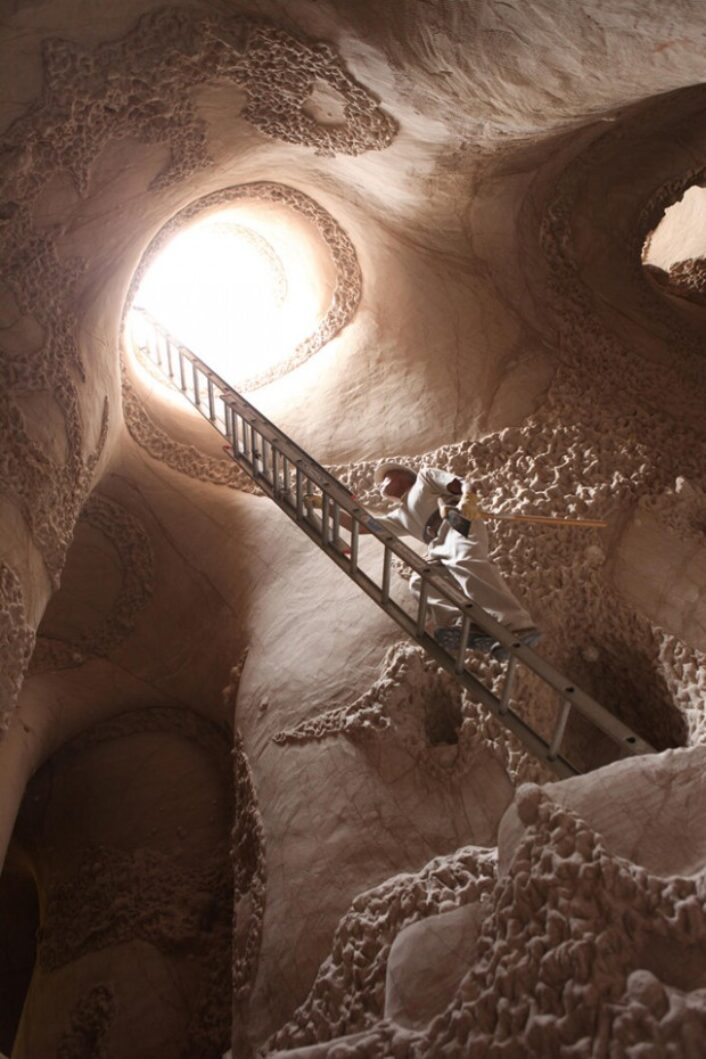Fine Art
The “other” O’Keeffe
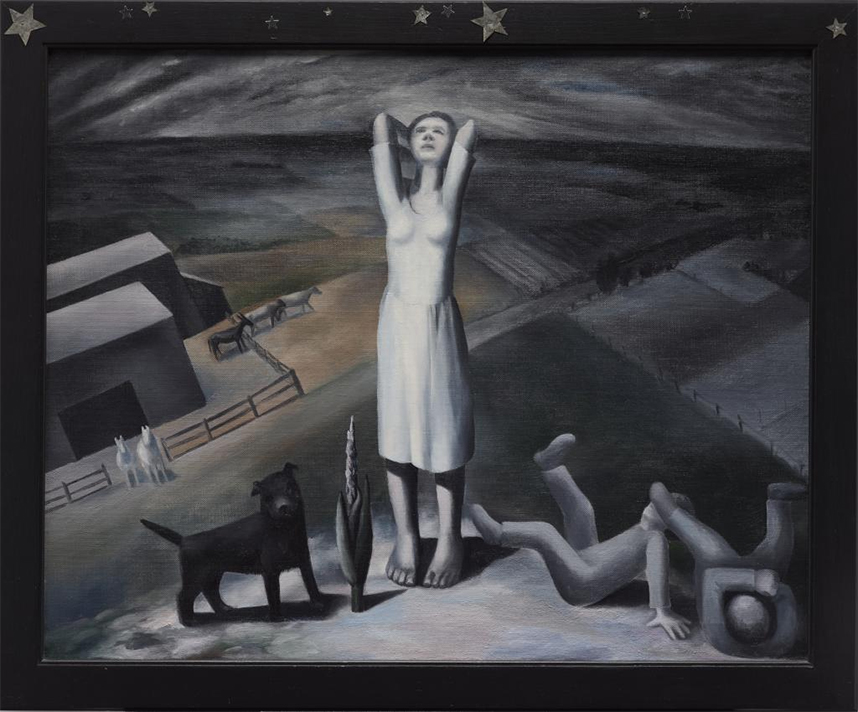
“Star Gazing in Texas”, 1938.
This painting was done during the time Ida spent in San Antonio as a teacher. The frame is unique in that it has silver stars on the top.
Image courtesy of: Dallas Museum of Art
Everyone has heard of Georgia O’Keeffe, her paintings of enlarged flowers, billowing clouds, and the New Mexico landscape are notorious. However, her younger sister Ida was also a very talented artist. Sadly, Ida lived her life, both professionally and personally, in the shadow of her older sister.
Ida was the third of seven siblings who grew up in Wisconsin, in a home that was darkened by their mother’s terminal tuberculosis diagnosis. Growing up in an artistic household, it was only natural that Ida was drawn to the arts. She initially exhibited alongside her sisters, Georgia and Catherine. About her older sister Georgia, Ida was quoted as saying, “I’d be famous, too, if I’d have had a Stieglitz.” Stieglitz was Georgia’s husband, a lighting designer and photographer who was quite prominent and did everything possible to promote his wife’s works.
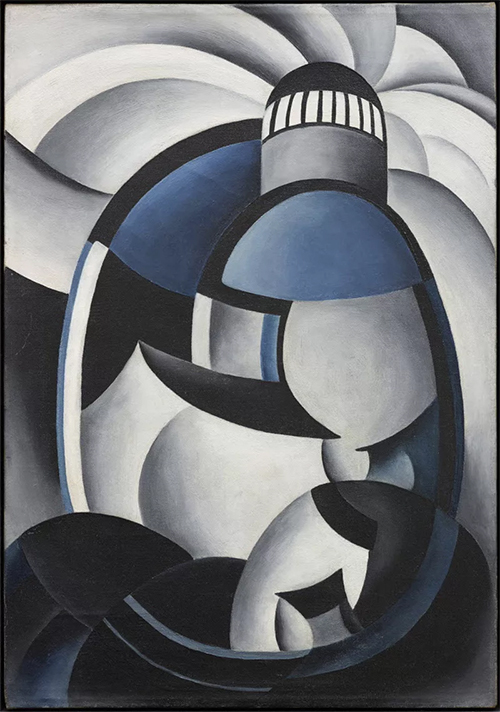
“Variation on a Lighthouse Theme II”, 1932.
Image courtesy of: Dallas News
Recently, the Dallas Museum of Art put together an exhibition titled, “Ida O’Keeffe: Escaping Georgia’s Shadow”. The exhibition was a 4-year-long collaboration of 4 women, a curator, a collector, a philanthropist, and an exhibition designer, who worked together to give formal credit to the very talented, yet extremely over-shadowed, artist.
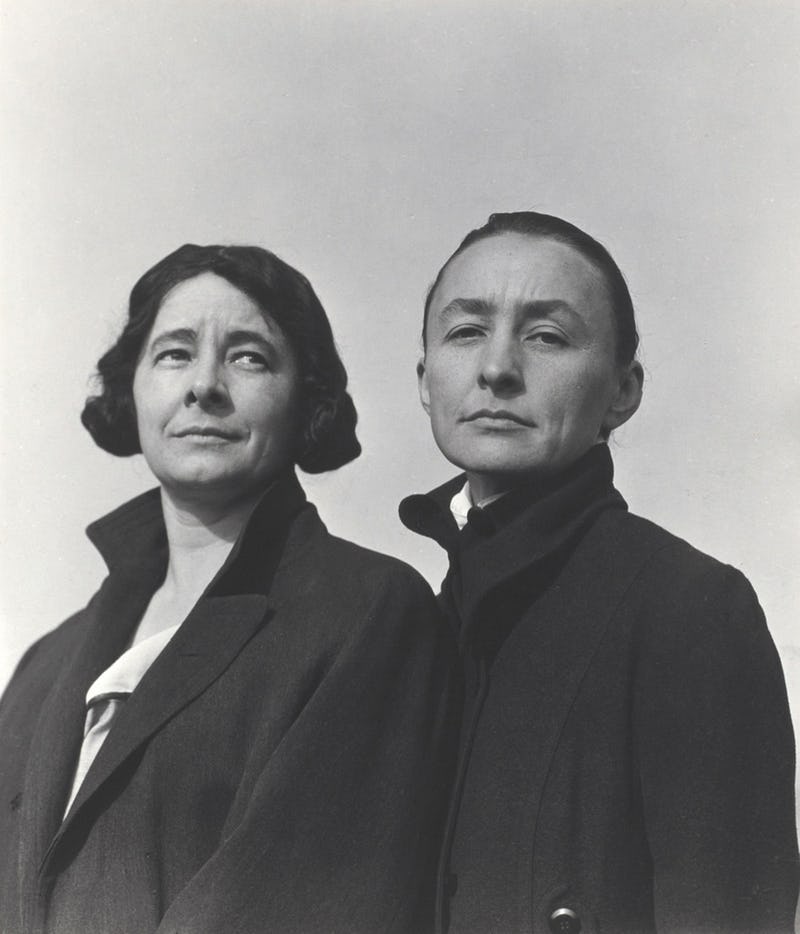
Ida and Georgia O’Keeffe at Lake George. Gelatin silver print, circa 1924.
Image courtesy of: Dallas News
The exhibition came about by sheer chance. One afternoon, the Dallas Museum of Art’s curator for American Art, Sue Canterbury, visited the house of one of the museum’s long-time patrons. There sat a 1930’s piece by Ida O’Keeffe. Never having seen any of the artist’s work, she was fascinated by the beautiful and unknown work from a female artist with a very famous last name.
Canterbury spent 4 years doing detective work in attempts to try and put together Ida’s life story, and to gather paintings which were scattered throughout the country.

Canterbury in front of a collection of Ida’s Lighthouse series paintings. It was a painting from this series which initially caught Canterbury’s eye five years earlier, and sparked her interest in putting together this introspective.
Image courtesy of: M Oppenheim TV, photographed by: Tony Gutierrez
Canterbury reached out to Kaleta Doolin, another well-known Dallas female. Doolin was instantly interested in sharing Ida’s story and through her foundation, the Kaleta A. Doolin Foundation, she got the ball rolling. It helped that Doolin has a personal commitment to women’s art and the foundation gave a substantial enough grant to make the exhibition happen!
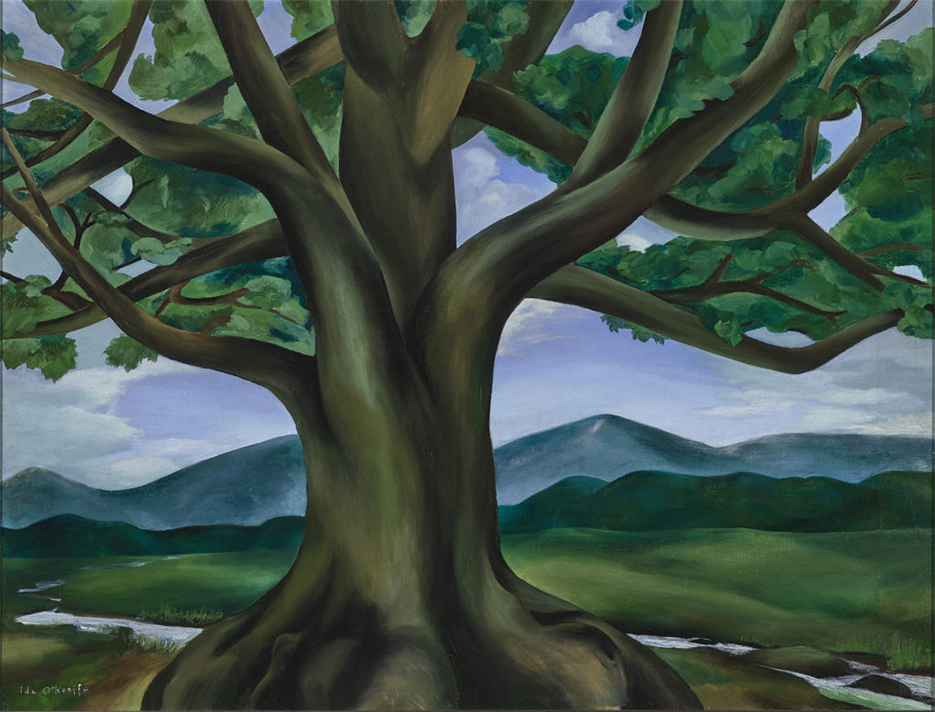
“The Royal Oak of Tennessee”, 1932.
Image courtesy of: ArtNet News
Serendipity played a part in finding paintings which had been purchased decades ago. After Canterbury put out an online request for any information on Ida O’Keeffe, Neil Lane, the famous jewelry designer, contacted her. Lane bought one of the lighthouse paintings 25 years ago at a Los Angeles-area flea market. Lane mentioned that he could immediately tell that this wasn’t an amateur piece. Graciously, he agreed to loan The Dallas Museum the painting for the duration of the show.
Through personal artifacts discovered, it seems clear that Georgia O’Keeffe didn’t want to share her last name with her sister. Barbara Buhler Lynes, a leading Georgia O’Keeffe scholar and former curator of the Georgia O’Keeffe Museum in Santa Fe, New Mexico, said “It was very difficult for a woman to be recognized as an important artist. To have two in the same family vying for the same position, on some level you can see it as her rejecting her sister; on the other hand you could see it as a very practical thing.”

